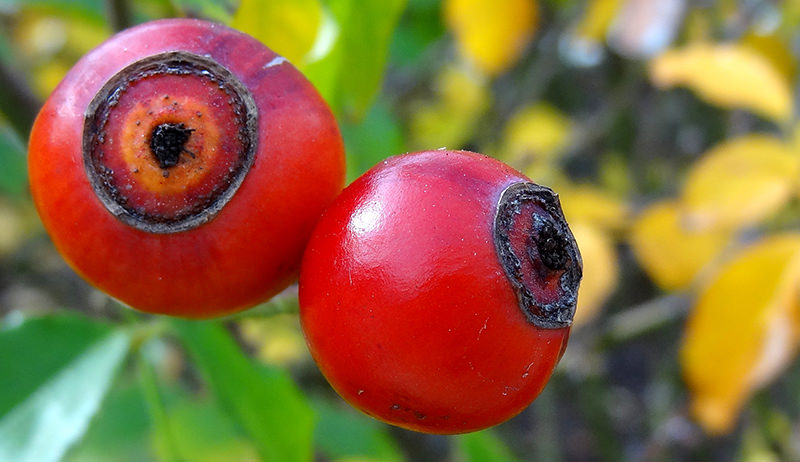
We are just about a month into back-to-school here on the farm, and I’m beginning to eye the garden with a new need in mind. It’s time to harvest the medicine my family needs to protect from all the passing the “ick” that my kids might otherwise bring home to share. Here are a few plants I see in the rows right now that will help boost the immune system.
Parsley (Petroselinum crispum)
The most remarkable thing about parsley when it comes to the immune system is its nutritional profile. Parsley is high in vitamin C and is readily available at this time of year in your garden and in the grocery store. The vitamin C is a tonic for adrenals and is a specific to protect the immune system from stress.
We grow a lot of parsley because it doesn’t just sit on the plate as a garnish. I have a jambalaya recipe that calls for a giant handful of parsley that goes into the winter rotation. When we grow tired of that there is always tabouleh, soups or breakfast smoothies.
I typically work my way up the parsley row in an orderly fashion, picking a little each day. When I get to the end of the row, I find I can begin picking at the beginning again.
Horseradish (Armoracia rusticana)
After the first few frosty nights in October, horseradish roots are ready to dig. Until that point, their energy is still focused above ground and the roots are a bit spongy. After a cold snap those roots have firmed up and are ready to grind.
Fresh horseradish root is extremely aromatic and very healthy. The root has a long history of being both a digestive and immune system tonic. Just grinding the roots will give you a chance to clean your sinuses, but if you add that root to a medicine tonic, such as a traditional apple cider vinegar recipe called Fire Cider, you can use it to fight off colds and flus. We make Rosemary Gladstar’s version of the recipe here at home just as soon as the horseradish is ready. You should, too! It’s easy!
When you dig your horseradish, be sure to leave a few small roots behind in the soil so that you will have more plants for next year!
Echinacea (Echinacea spp.)

Truthfully, you can make your immune system medicine from Echinacea anytime throughout the growing season. For a long time, it was believed that the root was the only valuable part, but now most home herbalists gather bits of the plant at each phase of growth. If you haven’t done that, fall is the best time to get out and dig one or two of your echinacea patch to make into root medicine.
Echinacea spreads itself by clumping, growing outward from the center plant, or by seed. They need to be dug up and split every three to four years to remain vigorous, so this is a good time to make your medicine. Dig up a clump and set aside a few of the roots that can’t be replanted. This way, you’ll ensure a beautiful garden for a few more years, and if you plan it correctly, you’ll most likely have enough medicine to last your family until it needs to be done again.
Rose Hips (Rosa rugosa)

Those beautiful rose apples can be so much more than just decoration. Like parsley, rose hips are packed with vitamin C. We simply don’t get enough of this vital antioxidant, and it can be difficult to get the nine servings of fruits and vegetables each day to get us to the recommended values. Adding rose-hip jelly or tea to the daily routine can make it easier.
Rose hips will form on both wild and cultivated roses—they are simply the fruit that forms after the rose is pollinated—but the hybrid teas don’t tend to produce them as well. If you have a wild or shrub rose on your property, you are set. They are easy to grow, take quite a bit of abuse and are quite hardy. Hips begin to ripen slowly, turning red, through the fall and are best picked after the first light frost. They can be frozen, dried or made into various preserves and enjoyed as a mood lifter and immune system tonic throughout the winter.
Pumpkin (Cucurbita pepita)

It’s almost Halloween so the pumpkins are just about ready. In some fields you can already see the orange peeking out between vines that are still vigorous and healthy. Many of us will be carving our pumpkins soon and bringing still more into the house to be made into pies, but don’t waste the seeds! Pumpkin seeds are high in the nutrient zinc, a very important supplement if you want to keep your immune system running at its best.
Take a look around your yard and garden as you are bringing in the last of your produce harvest. Don’t overlook the means to protect your immune system. It’s all growing there beside your tomatoes and is going to be needed soon as we transition into winter!




